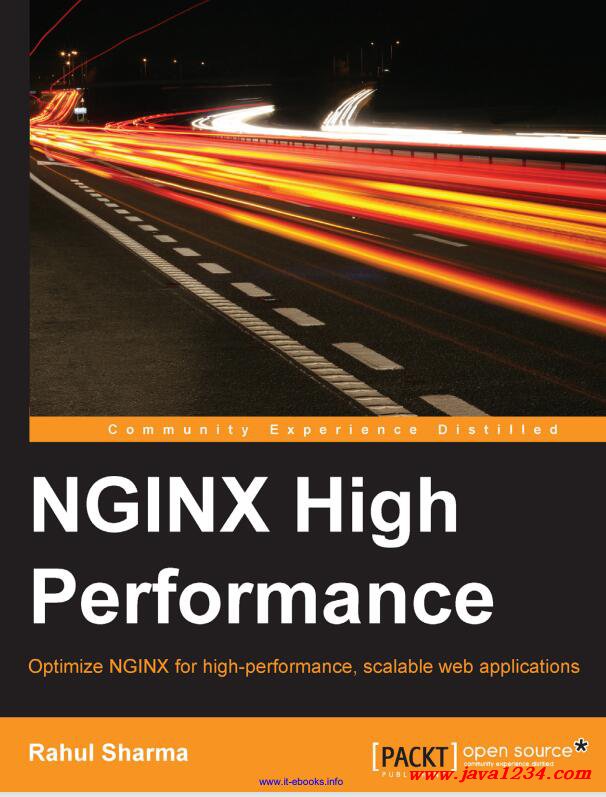The NGINX architecture
NGINX has its foundation in event-based architecture (EBA). In EBA, components
interact predominantly using event notiffcations instead of direct method calls. These
event notiffcations, occurring from different tasks, are then queued for processing
by an event handler. The event handler runs in an event loop, where it processes an
event, de-queues it, and then moves on to the next event. Thus, the work executed by
a thread is very similar to that of a scheduler, multiplexing multiple connections to a
single ffow of execution. The following diagram shows this:
When compared with the thread-based architecture, EBA gives better performance
output. In EBA, there are a ffxed number of threads performing tasks and no new
threads are formed. Thus, we achieve better utilization of the CPU and an improved
memory footprint. There is also no overhead of excessive context switching and
no need for a thread stack for each connection. Ideally, the CPU becomes the only
apparent bottleneck of an event-driven application.
NGINX runs one master process and several worker processes. The master process
reads/evaluates the conffguration and maintains the worker processes. All request
processing is done by the worker processes. NGINX does not start workers for every
request. Instead, it has a ffxed pool of workers for request processing. Each worker
accepts new requests from a shared listen queue. The worker then uses the available
event-notiffcation interfaces, such as epoll and kqueue, to process each connection
in an efffcient event loop. The idea is to optimize the utilization of the server's
resources using nonblocking/asynchronous mechanisms when possible. By doing
so, each worker is able to process thousands of connections. The following diagram
shows this:






